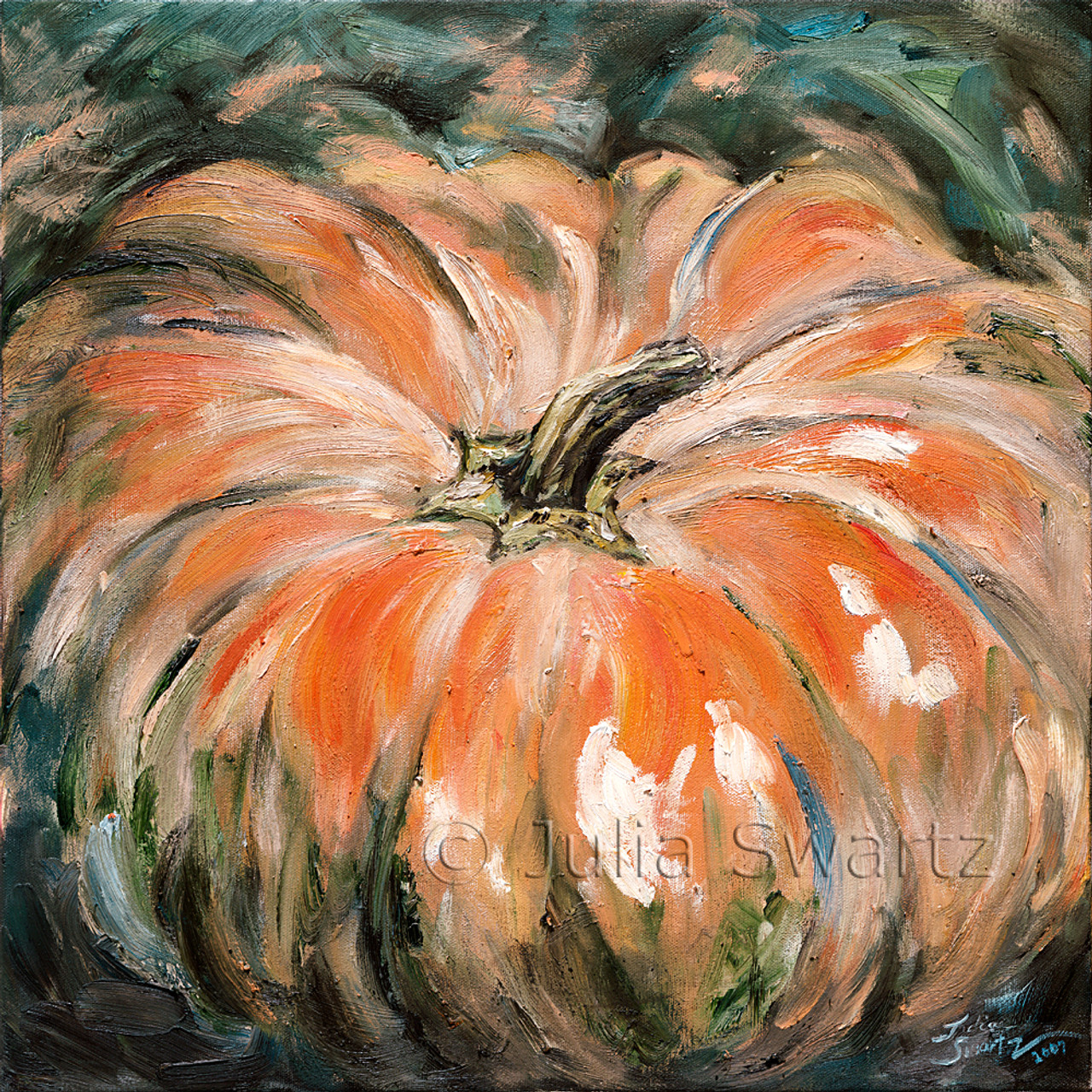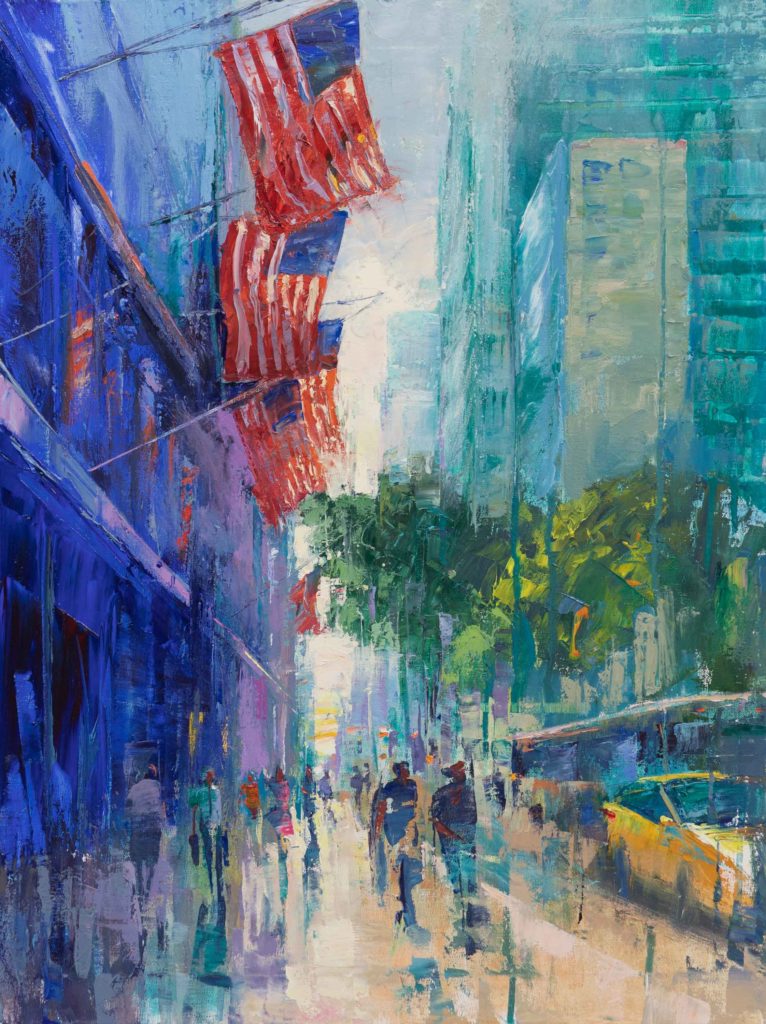Authentic Flower and Everyday Scene Oil Paintings for Sale
Authentic Flower and Everyday Scene Oil Paintings for Sale
Blog Article
Discovering Everything About Oil Paintings: A Guide to Comprehending Their Appeal and Value
Oil paintings have astounded audiences for centuries, using a look into the imaginative proficiency of different eras. Their abundant background is linked with cutting-edge methods and extensive psychological expression. Comprehending the products and methods behind these artworks can enhance appreciation. Furthermore, the market for oil paints offers chances for collectors and financiers alike. As one discovers this remarkable globe, the question arises: what makes an oil paint absolutely valuable?
The Background of Oil Painting: A Trip Through Time
Oil painting has roots that date back to old times, it really prospered during the Renaissance, when musicians found its convenience and abundant shade potential. Early instances can be traced to the 7th century, with methods evolving notably across societies. The medium became famous in Northern Europe in the 15th century, specifically with the works of artists like Jan van Eyck, that pioneered its usage for thorough realistic look and dynamic shades. This period noted a departure from tempera paints, permitting greater deepness and appearance. As oil painting spread, it affected plenty of artists, causing work of arts by renowned numbers such as Leonardo da Vinci and Rembrandt. The tool's tradition continues, shaping the art world well into modern times.
Recognizing Oil Paints: Materials and Techniques
As artists explore the globe of oil paints, they run into a varied variety of products and techniques that specify this medium. The primary components of oil paint include pigments, which provide color, and drying out oils, such as linseed, that bind the pigments and promote application. Numerous additives can customize the paint's texture and drying time, improving flexibility. Strategies like glazing, where clear layers are developed up, and impasto, which includes using thick paint, permit various visual results. In addition, the use of brushes, palette blades, and even fingers can develop special structures and finishes. Comprehending these materials and methods enables artists to fully reveal their creative thinking and achieve the preferred influence in their artwork.
The Role of Color in Oil Paintings
Shade plays a critical role in oil paintings, influencing both aesthetic appeal and psychological vibration. Comprehending color concept essentials, consisting of the partnerships in between hues, can boost a musician's capability to communicate mood and ambience. Additionally, understanding color mixing methods permits greater depth and richness in a paint's combination.

Color Concept Basics
Understanding shade theory is vital for musicians dealing with oil paints, as it forms the foundation for creating aesthetically engaging and harmonious structures. Color theory encompasses the research study of how colors communicate, the shade wheel, and the partnerships between key, additional, and tertiary shades. Musicians use corresponding colors to enhance contrasts and develop prime focus, while similar colors advertise unity and cohesiveness within a piece. Additionally, the concepts of cozy and amazing shades influence the perception of depth and room in a paint. Comprehending these concepts allows musicians to adjust shade successfully, leading the viewer's eye and interacting their intended message. Proficiency of color theory ultimately enhances an artist's ability to convey emotions and concepts via their job.
Emotional Effect of Shade
The psychological influence of color in oil paintings plays a vital duty in exactly how audiences regard and connect with art work. Shades stimulate details feelings and moods, influencing the audience's emotion. Cozy hues like reds and oranges can create a feeling of warmth and energy, while amazing tones such as blues and eco-friendlies often stimulate peace or self-contemplation. Artists purposefully select shade combinations to boost narrative elements, guiding the target market's psychological trip. The saturation and contrast of colors further enhance these results, drawing interest and developing emphasis. Inevitably, the interplay of shades in oil paintings not only enhances their visual charm however additionally offers as a powerful medium for emotional expression, enhancing the visitor's experience and interpretation.
Shade Combining Techniques
While many facets of oil painting add to the overall make-up, grasping shade mixing methods is necessary for attaining desired effects and deepness. Color blending can be come close to through different methods, consisting of the subtractive and additive procedures. Additive mixing includes combining colors of light, while subtractive mixing relies on pigments, where shades mix to produce new shades. Artists frequently make use of a restricted combination to produce unified works, recognizing the relationships between primary, second, and tertiary colors. Strategies such as glazing and scumbling better enhance deepness and luminosity. By skillfully mixing colors, an artist can stimulate feelings, create focal factors, and achieve a sense of realistic look, ultimately boosting the painting's aesthetic and emotional impact.
Famous Oil Painters and Their Iconic Functions

Renowned for their proficiency of shade and technique, oil painters have created several of one of the most renowned art work in history. Distinguished artists like Vincent van Gogh captivated target markets with his stirring brushwork in "Starry Night," while Claude Monet's "Impact, Sunrise" prepared for Impressionism. Leonardo da Vinci's "Mona Lisa" continues to be a long-lasting icon of creative brilliant, showcasing his skill in catching human expression. Rembrandt's "The Night Watch" illustrates his ingenious usage of light and shadow. Various other remarkable numbers include Pablo Picasso, that transformed contemporary art with his bold trial and error in jobs like "Les Demoiselles d'Avignon," and Georgia O'Keeffe, whose lively representations of landscapes and flowers aided specify American modernism. Each artist's distinct design contributed considerably to the oil paint landscape.
Just how to Examine the Top Quality of an Oil Painting
Evaluating the top quality of an oil paint includes a cautious assessment of craftsmanship methods, in addition to an analysis of shade and make-up. Observing brushwork, layering, and the application of paint can disclose the artist's ability level. In addition, the interaction of shades and the total plan of elements contribute significantly to the painting's aesthetic value.
Assessing Craftsmanship Techniques
A thorough evaluation of craftsmanship methods is necessary for figuring out the quality of an oil painting. Critics must first check out the application of paint; thick, distinctive brushstrokes may recommend a competent hand, while overly uniform applications could suggest an absence of depth. oil paintings for sale. The layering strategy is additionally vital; the visibility of lusters and differed density can boost luminosity and intricacy. Additionally, the high quality of the products utilized, such as the canvas and pigments, plays a substantial role in resilience and overall visual. Focus to information in elements like sides and changes between colors shows the artist's commitment to their craft. Eventually, these methods contribute to the paint's psychological influence and market value, acting as indicators of the musician's ability and intent
Evaluating Shade and Composition
While reviewing the quality of an oil paint, one need to concentrate on the interaction of shade and make-up, as these elements are essential to the art work's general impact. Shade selections can stimulate emotions and establish state of mind; for that reason, the musician's scheme should be examined for consistency and comparison. A well-balanced structure guides the customer's eye and develops a feeling of unity. Artists commonly utilize strategies like the policy of thirds or leading lines to boost visual rate of interest. Additionally, the use of light and shadow can include depth, boosting the three-dimensionality of the painting. Ultimately, an effective oil paint marries color and make-up, involving the audience and inviting a much deeper admiration of the musician's vision and strategy.
Taking care of and Preserving Oil Paintings
Correct care and preservation of oil paints is vital for maintaining their stability and durability. To shield these art work, it is essential to display them away from straight sunlight, which can trigger fading and discoloration. Maintaining a stable setting with controlled temperature and humidity additional help in protecting against damages. Cleaning should be done gently making use of a soft, dry cloth, preventing any kind of extreme chemicals that could hurt the paint or varnish. Routine assessments for signs of degeneration, such as flaking or fracturing, are advisable. When delivering or storing oil paints, correct extra padding and framing are necessary to avoid physical harm. Eventually, diligent treatment contributes to the aesthetic allure and worth of oil paintings in time.
The Marketplace for Oil Paintings: Investing and collecting
Understanding the market dynamics for oil paints is important for investors and enthusiasts alike. The value of these art work is influenced by various variables, consisting of the musician's credibility, historical significance, and current fads. Enthusiasts commonly seek pieces that reverberate directly while considering possible gratitude in value. Galleries and auctions serve as main places for buying and selling, with rates changing based upon need and rarity. Purchasing oil paints needs study into the market, as well as an understanding of credibility and provenance. Additionally, arising artists may supply chances for substantial returns, while developed names can regulate high costs. In general, a strategic method to collecting can yield both visual satisfaction and economic rewards.

Regularly Asked Inquiries
What Are the Ecological Influences of Oil Painting Materials?
The environmental effects of oil paint products include the launch of volatile organic substances (VOCs), harmful waste generation, and resource removal for pigments. These variables contribute to air pollution and environmental destruction, raising read more concerns amongst ecologically aware musicians and customers.
Exactly How Do Different Canvases Influence Oil Painting Results?
Different canvases affect oil paint results considerably. Absorbency, structure, and surface high quality can change paint application, drying times, and shade vibrancy. Musicians commonly pick certain canvases to achieve preferred effects and enhance their artistic expression.
Can Oil Paintings Be Brought Back if Damaged?
Oil paints can undoubtedly be brought back if damaged. Specialist conservators make use of various strategies to repair rips, clean surface areas, and address staining, making sure that the artwork maintains its initial elegance and value for future generations.
What Are the Indications of an Initial Oil Paint?
The indications of an original oil paint consist of visible brush strokes, appearance variants, and an unequal canvas weave (oil paintings for sale). Furthermore, authenticity might be validated through provenance, signatures, and the presence of a varnish layer special to oil mediums
Just How Has Technology Influenced Modern Oil Paint Techniques?
Technology has actually significantly affected contemporary oil painting methods by introducing digital devices for planning, boosted materials for texture and durability, and on-line systems for sharing and offering art, therefore increasing musicians' imaginative opportunities and audience get to. Oil painting has origins that date back to old times, it absolutely prospered during the Renaissance, when artists discovered its flexibility and abundant color possibility. The psychological effect of shade in oil paintings plays an important duty in exactly how customers perceive and connect with artwork. While many facets of oil paint contribute to the general composition, mastering shade mixing methods is necessary for attaining preferred results and deepness. Evaluating the top quality of an oil painting entails a cautious evaluation of workmanship methods, as well as an analysis of shade and composition. While evaluating the top quality of an oil painting, one need to concentrate on the interplay of shade and composition, as these elements are basic to the art work's total impact.
Report this page